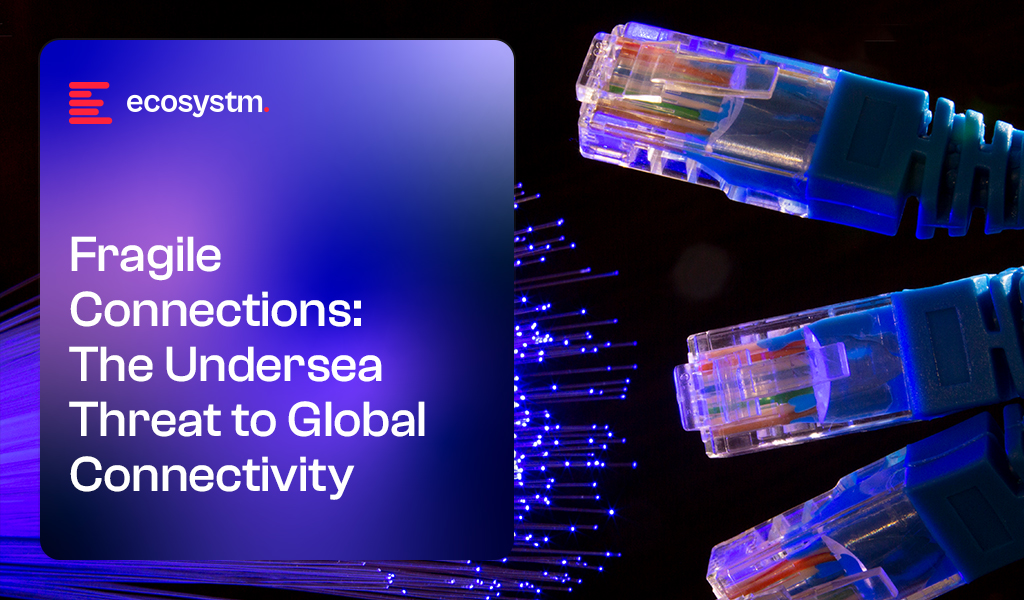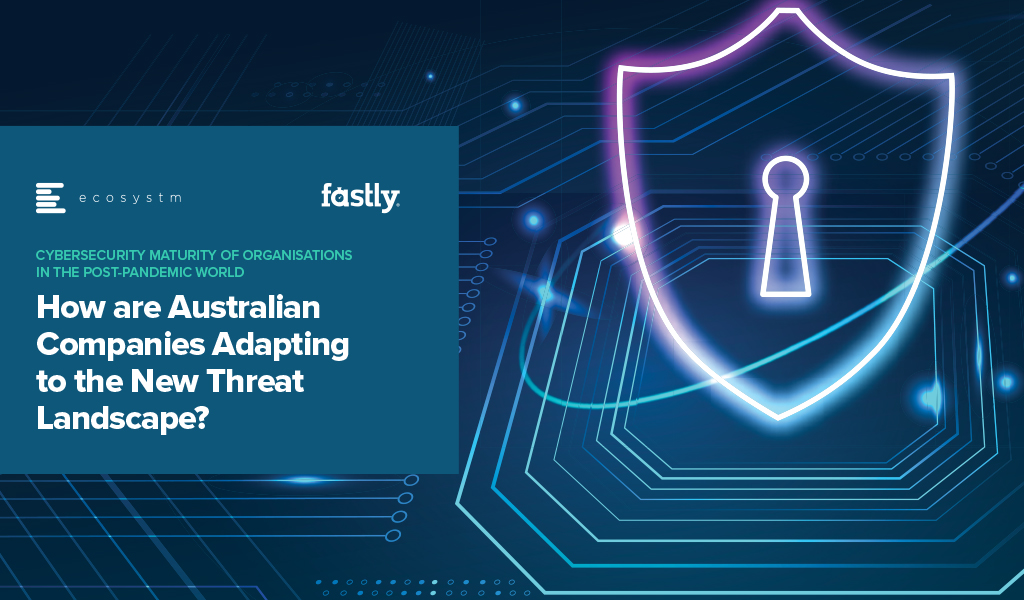
Undersea cables form the invisible backbone of the modern internet, carrying vast amounts of data across continents and connecting billions of people. These vital arteries of global communication are, however, surprisingly vulnerable.
Hybrid Warfare at Sea
Recent incidents have highlighted the vulnerability of undersea infrastructure, particularly in the Baltic Sea. In the latest case, a fibre optic cable between Latvia and Sweden was reportedly severed by the dragging anchor of the cargo ship Vezhen, originating from Russia’s Ust-Luga port. Swedish authorities boarded and seized the vessel.
In December, the Eagle S Panamax oil tanker, sailing from St. Petersburg, allegedly damaged a power cable and three fibre optic cables between Estonia and Finland, as well as another connection between Finland and Germany. Finnish authorities seized the ship for investigation. A similar incident occurred in November when the Yi Peng 3, also from Ust-Luga, was linked to cable ruptures connecting Sweden to Lithuania and Finland to Germany. Although shadowed by the Royal Danish Navy, the vessel was ultimately allowed to continue its voyage.
The suspected sabotage of 11 undersea cables in 15 months has alarmed NATO countries, prompting increased surveillance around Europe. Patrols will focus on protecting critical assets like fibre optic cables, power lines, gas pipelines, and environmental sensors. Dubbed Baltic Sentry, the mission will deploy frigates, patrol aircraft, and unmanned naval drones, supported by NATO’s Maritime Centre for the Security of Critical Undersea Infrastructure. An AI system will monitor unusual shipping activity, such as loitering near cables or erratic course changes, aiming to cut response times to 30-60 minutes. Meanwhile, Operation Nordic Warden will analyse satellite imagery, patrol data, and Automatic Identification System (AIS) signals to assess risks in 22 key areas.
The primary concern is damage to infrastructure in the shallow waters of the Baltic Sea, but suspicious activity elsewhere has caught the attention of tech giants. Ireland, a critical hub for Europe’s cloud data centres, hosts undersea cables owned by companies like Google, Microsoft, and Amazon, linking it to the US and UK. As a non-NATO country, Ireland faces the challenge of monitoring over 3,000km of coastline. Recently, both the Irish Defence Forces and Royal Navy shadowed a Russian spy ship in the Irish Sea and English Channel. While cable damage is often immediately evident, the risk of communication taps is more alarming and harder to detect.
How Resilient Are Undersea Cable Networks?
There are about 400 undersea cables spanning over 1.3 million kms globally. According to the International Cable Protection Committee, around 200 incidents of cable damage occur annually, mostly caused by dragged anchors or trawling. Only about 10% result from natural causes like weather or wildlife. Near shorelines, cables are heavily protected and often buried under several metres of sand in shallow waters. However, in deeper seas, they are harder to monitor and safeguard.
Highly developed regions, such as the Baltic Sea, North Sea, and Irish Sea, rely on multiple redundant cables to maintain connections between countries. While severing a single link may reduce capacity and cause inconvenience, major disruptions are rare, even for remote European islands served by multiple cables.
Fibre optic cable repairs typically take days to weeks, faster than the lengthy timelines for fixing power cables or gas pipelines. Repair costs range from USD 1-3 million depending on the damage. Faults are located using test pulses, and specialised ships lift the damaged sections to the surface for splicing. However, with only 22 repair-designated cable ships worldwide, simultaneous outages could significantly delay restoration.
In regions with less cooperative neighbours, obtaining permissions can further slow repairs. For instance, cables crossing the South China Sea face increasing challenges in deployment and maintenance, complicating connections between ASEAN nations. Routing cables along longer coastal paths raises costs and impacts latency, adding further strain to the network.
Responding to Escalating Incidents
Plausible deniability and the opaque nature of maritime operations make attributing these events challenging. Nonetheless, NATO countries view them as part of Russia’s broader hybrid warfare strategy, which avoids direct confrontation while instilling fear and uncertainty by showcasing an adversary’s reach. Attacks on undersea cables undermine public trust in a government’s ability to protect critical infrastructure.
European governments initially downplayed the impact of these attacks, likely to minimise psychological effects and avoid escalation. While this cautious approach, coupled with rapid repairs, proved effective in the short term, it may have emboldened adversaries, leading to further incidents. In response, Sweden and Finland are now more willing to seize vessels in their territorial waters to deter both intentional and negligent actions.
Implications for Enterprise Networks
While enterprises cannot prevent damage to undersea infrastructure, they can mitigate risks and build resilient networks:
- Satellite Connectivity. Satellite internet services like Starlink and Eutelsat may not be ideal for bandwidth-intensive applications but can support critical services requiring international connections. An SD-WAN enables automatic failover to a redundant circuit if a land-based or undersea cable is disrupted.
- Dynamic Path Selection. Modern WAN architectures with dynamic path selection can reroute traffic to alternate cloud regions when primary paths are down. Locally available services can continue operating on domestic networks unaffected by international outages.
- Edge Computing. Adopting an edge-to-cloud strategy allows the running of select workloads closer to the edge or in local data centres. This reduces reliance on international links, improves resilience, and lowers latency.
- Disaster Recovery Planning. Enterprises should incorporate extended network outages into their disaster recovery plans, assessing the potential impact on operations and distinguishing between land-based, undersea, and other types of connections.






